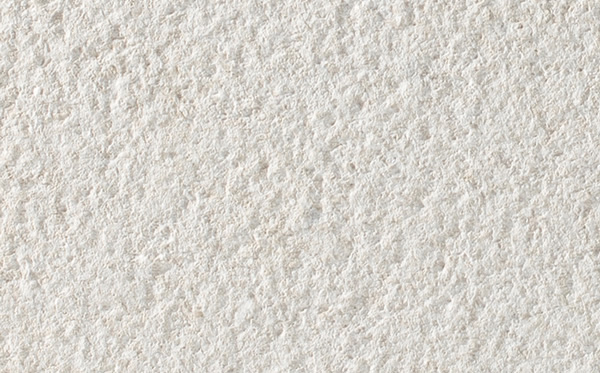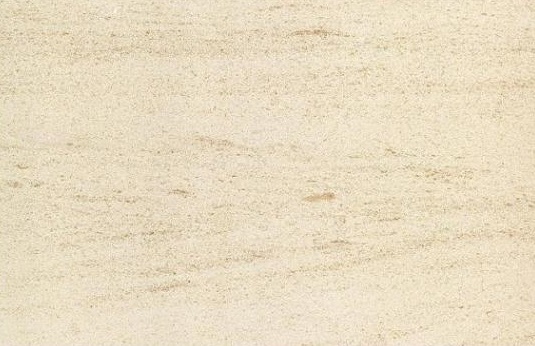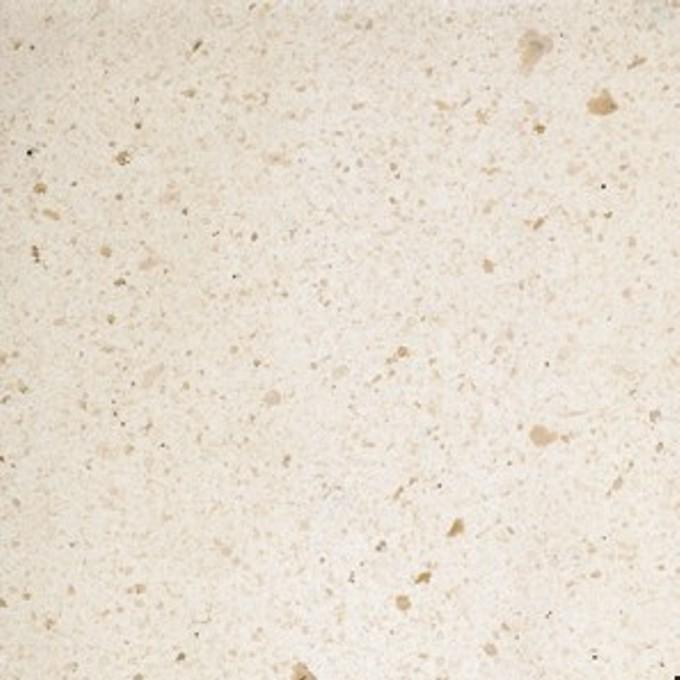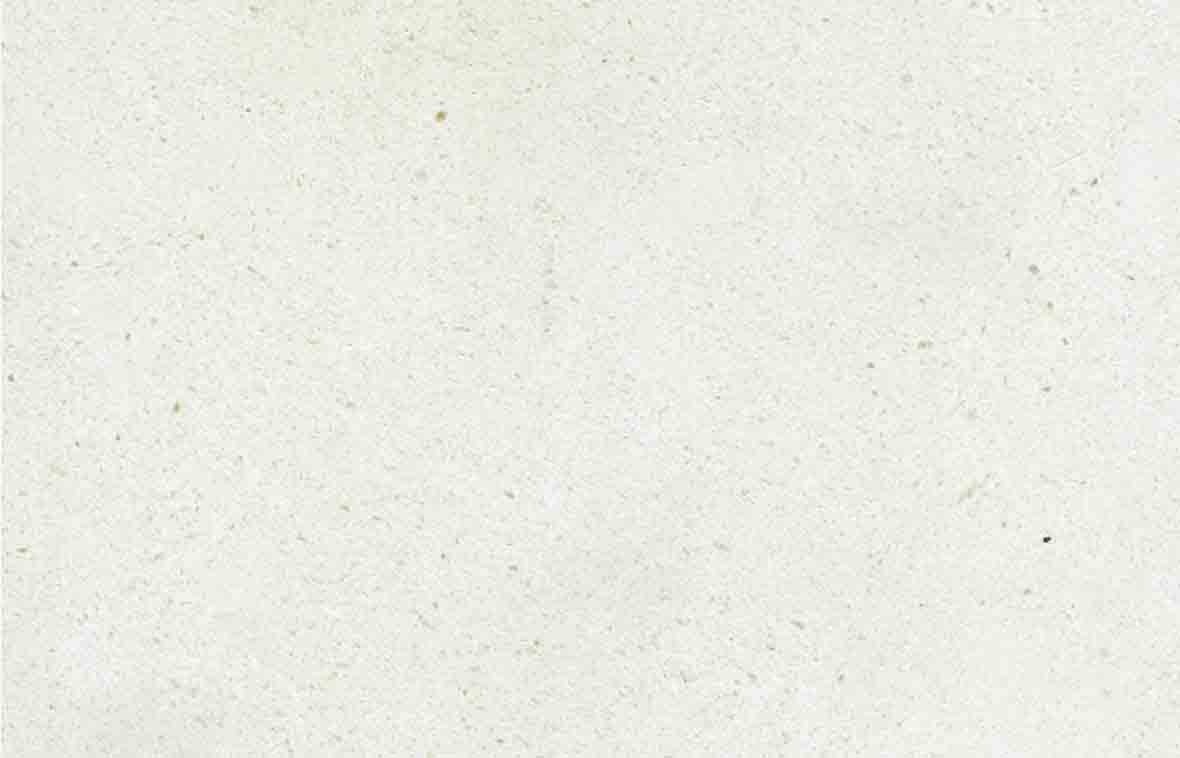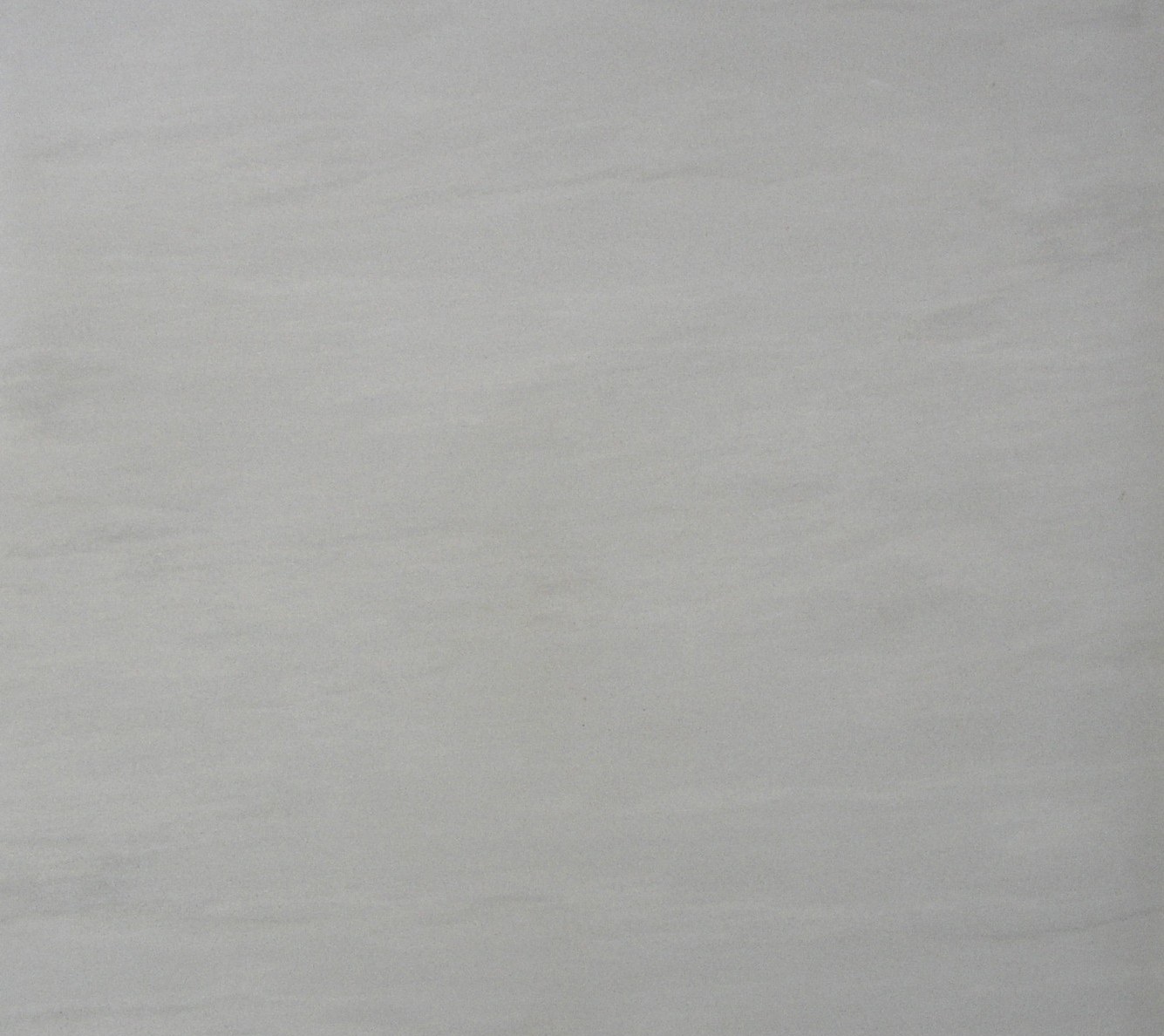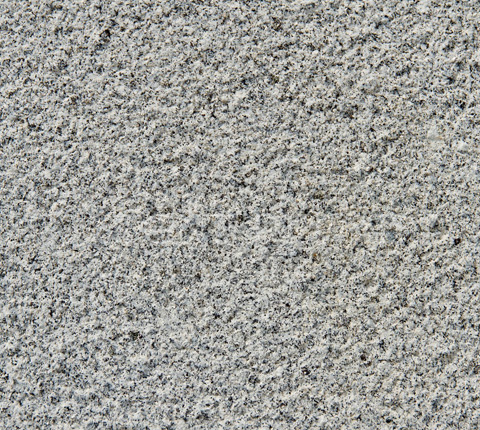Product Detail
Opaque
Limestone Rough Finish Type 1
Beige
Limestone
 Turkey
Turkey
The representative images of this product is to get idea of texture of slab. But it's not necessary it should completely match with available stock.
Rough Surface
Smooth Surface
Available Sizes
